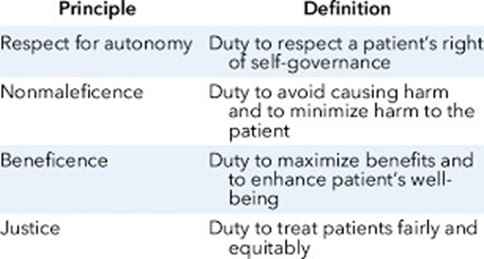A nurse is performing an admission assessment on a client who had a recent positive pregnancy test. The first day of her last menstrual period (LMP) was May 8. According to Nägele's rule, which of the following dates should the nurse document as the client's estimated date of birth (EDB)?
February 1
February 8
February 15
February 22
The Correct Answer is C
February 15.
- A. February 1 is not the correct EDB according to Nägele's rule. Nägele's rule states that to estimate the EDB, subtract three months from the LMP and add seven days and one year. Therefore, May 8 minus three months is February 8, plus seven days is February 15, plus one year is February 15 of the following year.
- B. February 8 is not the correct EDB according to Nägele's rule. Nägele's rule states that to estimate the EDB, subtract three months from the LMP and add seven days and one year. Therefore, May 8 minus three months is February 8, plus seven days is February 15, minus seven days is February 8, plus one year is February 8 of the following year.
- C. February 15 is the correct EDB according to Nägele's rule. Nägele's rule states that to estimate the EDB, subtract three months from the LMP and add seven days and one year. Therefore, May 8 minus three months is February 8, plus seven days is February 15, plus one year is February 15 of the following year.
- D. February 22 is not the correct EDB according to Nägele's rule. Nägele's rule states that to estimate the EDB, subtract three months from the LMP and add seven days and one year. Therefore, May 8 minus three months is February 8, plus seven days is February 15, plus seven days is February 22, plus one year is February 22 of the following year.
Nursing Test Bank
Naxlex Comprehensive Predictor Exams
Related Questions
Correct Answer is C
Explanation
Choice A rationale:
Repositioning the NG tube is not the appropriate action for hyperosmolar dehydration. This condition occurs due to an excessive concentration of solutes in the body, leading to a decrease in intracellular water. Repositioning the tube would not address the hyperosmolarity issue.
Choice B rationale:
Increasing the rate of formula delivery may exacerbate the problem by introducing more concentrated formula into the client's system, worsening hyperosmolarity. This choice can lead to further dehydration and electrolyte imbalances.
Choice C rationale:
Adding water to the formula is the correct action in this scenario. Hyperosmolar dehydration requires dilution of the concentrated formula to reduce the osmolarity. By adding water to the formula, the nurse can decrease the concentration of solutes, helping to rehydrate the client effectively.
Choice D rationale:
Switching to a lactose-free formula is not the appropriate intervention for hyperosmolar dehydration. The issue lies in the concentration of the formula, not in its lactose content. Adding water is the more suitable and direct approach to address the problem.
Correct Answer is A
Explanation
- A. Autonomy is the ethical principle that respects the right of clients to make their own decisions and choices regarding their health care. Informed consent is a process that ensures that clients are fully informed of the benefits, risks, alternatives, and consequences of a proposed treatment or procedure, and that they voluntarily agree to it.
- B. Nonmaleficence is the ethical principle that obliges health care providers to do no harm to clients, either intentionally or unintentionally. Informed consent does not directly promote this principle, although it may help to prevent harm by disclosing potential risks and complications.
- C. Justice is the ethical principle that requires fair and equal treatment of all clients, regardless of their personal characteristics, preferences, or values. Informed consent does not directly promote this principle, although it may help to ensure that clients are not coerced or manipulated into accepting a treatment or procedure that they do not want or need.
- D. Fidelity is the ethical principle that requires health care providers to be faithful and loyal to their clients, and to honor their commitments and promises. Informed consent does not directly promote this principle, although it may help to establish trust and rapport between clients and providers.

Whether you are a student looking to ace your exams or a practicing nurse seeking to enhance your expertise , our nursing education contents will empower you with the confidence and competence to make a difference in the lives of patients and become a respected leader in the healthcare field.
Visit Naxlex, invest in your future and unlock endless possibilities with our unparalleled nursing education contents today
Report Wrong Answer on the Current Question
Do you disagree with the answer? If yes, what is your expected answer? Explain.
Kindly be descriptive with the issue you are facing.
